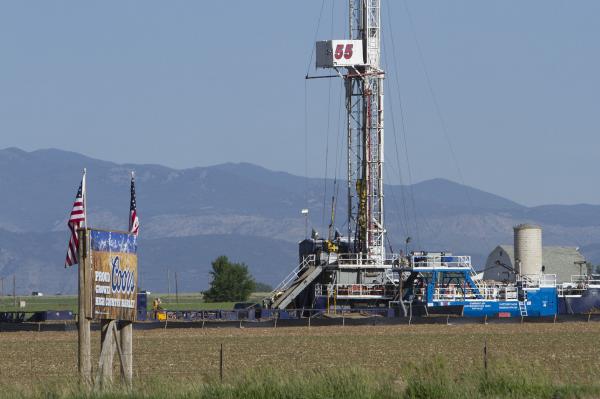
March 20 (UPI) — The economy for shale-rich Colorado is improving, though a tight labor market and pressure outside the energy sector may be constraining, a budget report finds.
The labor market for Colorado is one of the strongest in the country, with the January unemployment rate ranking the third lowest at 2.9 percent. In his State of the State address in January, Colorado Gov. John Hickenlooper said his agenda balanced clean energy with gains from shale oil and gas.
Oil from Colorado accounts for about one out of every 50 barrels produced in the United States. Spending in the oil and gas sector declined and put some pressure on tax revenue growth early last year when crude oil prices dropped below $30 per barrel.
Economic momentum emerged late last year and the state budget office said the oil and gas sector was growing, albeit modestly. Other sectors, like agriculture, are underperforming because of weak commodity prices and the governor said it was incumbent on state planners to level the playing field.
“We continue to look for ways whereby the entire state can share in the economic recovery,” he said in a statement.
A recent survey from the Federal Reserve Bank of Kansas City found regional oil producers turned in profits during the fourth quarter for the first time in more than two years. Oil prices, meanwhile, have stabilized between $45 and $55 per barrel.
Last week, oilfield services company Baker Hughes reported Colorado gained two rigs to reach 30 in active service. Rig counts serve as a loose metric to gauge the industry’s confidence in spending on exploration and production in a given region.
More than a decade ago, Colorado became the first state in the nation to adopt a voter-led renewable energy standard and moved into the top 10 in solar-power capacity last year. Wind power, however, accounts for the largest percentage of renewable energy on the Colorado grid, accounting for more than 10 percent of its total electricity.






